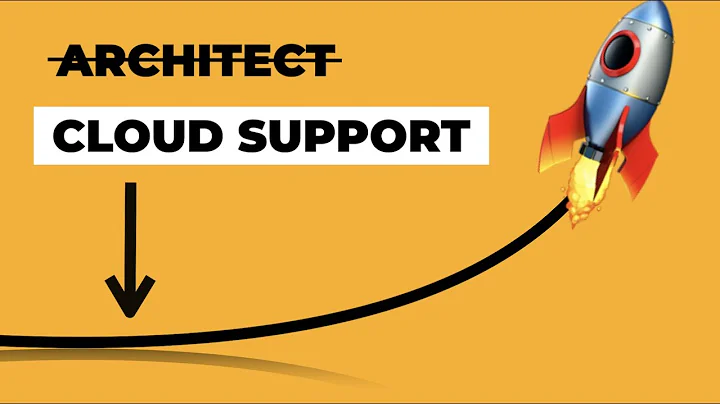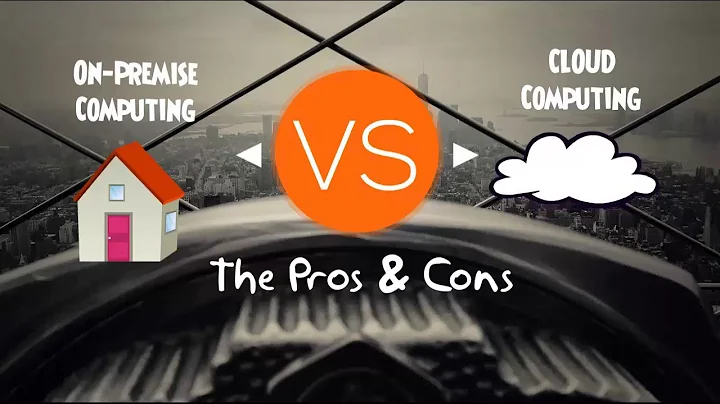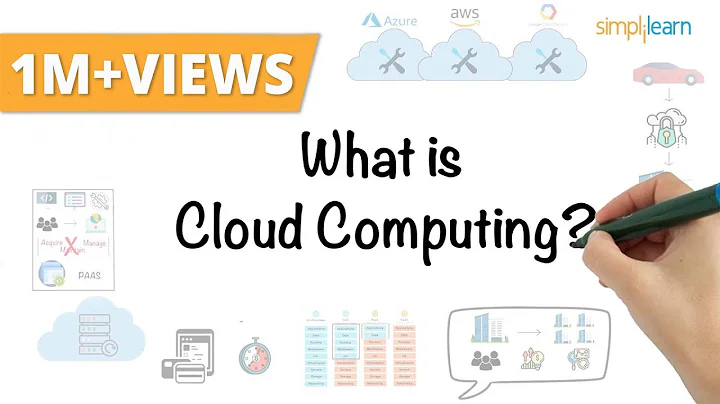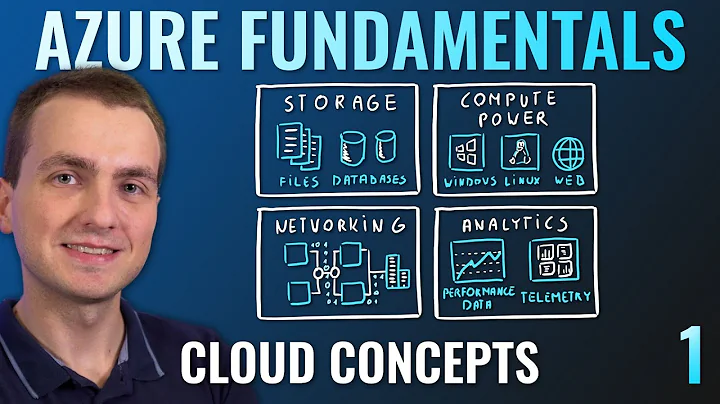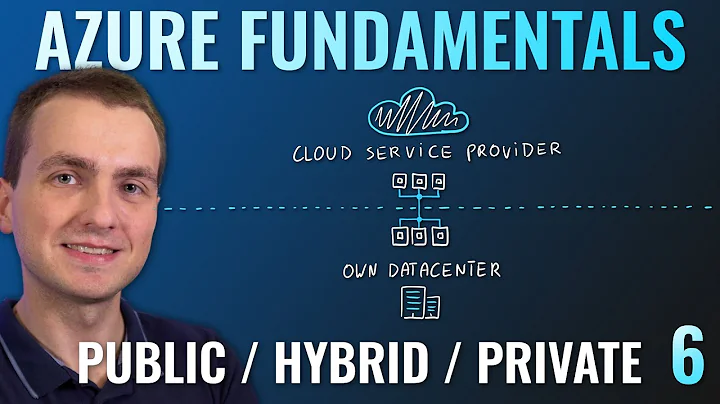With the continuous development of cloud computing and , more and more people are beginning to understand the cloud and admit that the cloud is a powerful cloud management tool. But the problem is also here. We think the cloud is just a tool. In fact, the cloud management platform is not just a single tool, but a platform that allows cloud owners to feel that their company's directives and policies can be implemented more effectively and more securely.
Cloud management platform should be like any software that can be used to solve problems or create opportunities. Companies should first understand the cloud computing platform and clarify their own needs before using a cloud management platform. 
Basic features of cloud computing management platform
1. On-demand self-service. Consumers can automatically obtain self-service computing resource capabilities, such as server time, network storage, etc., without interacting with service providers (self-service resources).
2. Ubiquitous network access. The ability to access the network through standard applications by means of different clients.
3. Divide independent resource pools. Different physical and virtual resources are dynamically divided or released according to consumer needs. These pooled provider computing resources provide services in a multi-tenant model. Users often do not control or understand the precise division of these resource pools, but they can know which administrative region or data center these resource pools are in. For example, it includes storage, computing processing, memory, network bandwidth, and the number of virtual machines .
4. Fast and flexible. The ability to provide resources quickly and flexibly and release resources quickly and flexibly. For consumers, the capabilities provided are unlimited (on-demand, large-scale computer resources) and can be purchased at any time and in any quantifiable manner.
5. The service can be measured. The cloud system automatically controls and optimizes resource usage for service type through metering. (such as storage, processing, bandwidth, and number of active users). Resource usage can be monitored, controlled and reported transparently to providers and users (pay-as-you-go model).
After understanding the cloud computing platform, you must combine the company's own characteristics to build a platform that is most suitable for its own development. Of course, even if the needs vary, some infrastructure of the cloud computing platform is indispensable.
Enterprise needs for cloud computing platform Recommendations
1. Ability to manage multiple clouds
Understanding where and how clouds are adopted or discarded is an important strategic perspective: The ability to retrieve data in available formats and finding the right cloud platform for expected workloads and locations, among other things. You can use partnership or competitive issues as a deciding factor in your multi-cloud strategy.
2. Processing data security and location
Can your system administrators bypass location and data privacy regulations to gain access to corporate strategy? What about HIPAA or other regulatory issues? If they don't recognize it as a concern, why would they look for tools to manage it?
3. Manage the entire cloud with care
Your architects and engineers may be good, but are you sure they are using the best set of common and simplified tools to manage your data? Depending on the platform performance and lifecycle you choose, Consider policies that can be adopted from the perspective of privacy and security.
4. Including developing role-based security
While your engineers and infrastructure administrators can handle the security decisions regarding access to the cloud management platform, they can identify the possible Access your cloud?
5. Incorporate a virtual machine security suite
This is an area where the CIO probably shouldn’t have too much input, but it should be an area where senior security roles are involved in the project.
6. Consider the life cycle from creation to deletion
Ensure the platform has a solid life cycle to help you specify a more efficient utilization model and reduce the risk of improper resource use.
7. Integrate the operating platform (monitoring, billing, etc.)
Defining these requirements is mainly the task of the technical team, but budgeting for management monitoring and billing is still crucial.
8. Provide common tools for API and scripting language
Main technical/architectural regulations may cause integration exceptions.
The above aspects are not perfect, but they are the basis for building a cloud computing management platform. Of course, the most important thing is that the cloud management platform should supplement the missing links of the enterprise and maximize the output benefits of the enterprise.
